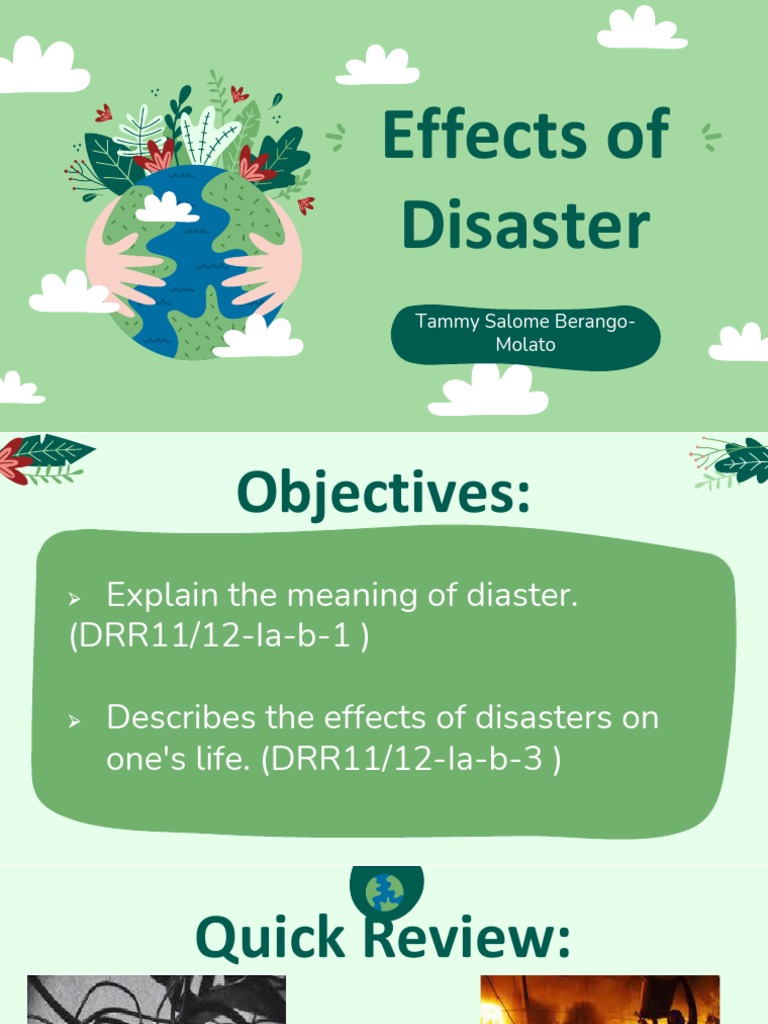In the labyrinth of existence, where joy and sorrow dance in an eternal embrace, the human experience is punctuated by calamities that compel an exploration of their essence and significance. The Bahá’í teachings illuminate this complex interplay of fate and free will, inviting profound reflection on the nature of disasters: are they mere manifestations of randomness, or do they harbor a deeper purpose within the grand tapestry of life?
To embark on this contemplation, one must first recognize the manner in which disasters serve as pivotal junctures, marking the thresholds between stability and upheaval. Much like a sculptor chiseling away at marble, disasters have the potential to unveil the latent beauty of human resilience and fortitude. The very act of enduring hardship can forge a collective spirit, uniting individuals in their shared struggles while fostering growth on both personal and societal scales.
Central to the Bahá’í worldview is the principle that life is inherently purposeful, imbued with spiritual significance. The Bahá’í writings elucidate that the world is a crucible for the soul’s evolution, whereby the vicissitudes of life—whether they manifest as personal tribulations or natural cataclysms—are instrumental in shaping character. In this light, disasters may not be mere accidents, but rather orchestrated opportunities designed to propel humankind towards higher understanding and compassion.
Consider, for instance, the metaphor of a storm passing over a parched landscape. The tempest, while tumultuous and frightening, ultimately nourishes the earth, enabling it to flourish in the aftermath. Disasters, similarly, can precipitate a renaissance of spirit among individuals and communities. Diseases, floods, or earthquakes might disrupt the status quo, yet they also spark solidarity in the face of adversity. Such events inspire altruism, prompting individuals to extend their hands toward those in need, thereby weaving the social fabric tighter.
Moreover, Bahá’í philosophy posits that suffering can result in profound spiritual upliftment. The struggles faced during crises compel humanity to confront existential questions, forging a deeper connection with the Divine. In this dynamic, suffering is not devoid of meaning; rather, it serves as a catalyst for divine attributes such as patience, empathy, and benevolence to manifest. The pained heart may find solace in the understanding that through trials, souls ascend toward an enlightened state, thus affirming the interconnectedness of all beings.
Additionally, disasters often act as harsh teachers, imparting critical lessons that may otherwise go unrecognized in times of ease. The Bahá’í teachings advocate for the importance of both individual and collective growth, asserting that adversity can lead to an epiphany that nourishes wisdom. When the paradigm shifts and individuals encounter unforeseen challenges, perspectives broaden, revealing an interdependence that transcends geographic and cultural boundaries.
From a socio-political perspective, the impact of disasters can serve as a catalyst for systemic change. Revelatory insights emerge when communities rally to address inequities exposed by such events. The awakening of social consciousness demonstrates a collective understanding that the status quo must not be maintained at the expense of others. The Bahá’í principle of the oneness of humanity suggests that the trials faced by one segment of society resonate in the hearts of many, igniting a collective movement toward justice and equality.
However, the assessment of disasters as purposeful does not negate the profound anguish they inflict. It is essential to acknowledge the tangible suffering, grief, and loss experienced by individuals caught in the maelstrom of calamity. The Bahá’í perspective is not one of blind acceptance of fate, but rather an invitation to glean insights amidst adversity. Acceptance does not preclude action; instead, it energizes individuals and communities to harness their collective strength towards ameliorating the pains borne from such experiences.
Ultimately, the Bahá’í teachings advocate for a balanced understanding of life’s vicissitudes—recognizing both the inherent randomness of certain phenomena as well as the underlying purpose that may be embedded within them. Disasters can illuminate latent societal injustices, provoke transformation, and unveil God’s majesty in the resilience of the human spirit. By reframing the lens through which one views adversity, the individual—and, by extension, humanity—can grow in ways previously imagined impossible.
In contemplating whether disasters possess purpose or randomness, one may appreciate the intricate interplay that defines existence. These occurrences may shatter preconceived notions, yet they can simultaneously forge paths to deeper spiritual understanding. Through the lens of Bahá’í teachings, disasters can emerge not as cruel fates but as divine invitations to unite, to evolve, and to exemplify the qualities that elevate humanity above the tumult of the material realm.
As the fabric of society is often woven with threads of trial and tribulation, it is essential to embrace the entirety of the human experience. In doing so, one may uncover profound unity in suffering, recognizing that every tempest may yield fertile ground for future growth and enlightenment, sculpting a world replete with compassion, understanding, and a shared commitment to collective advancement.
